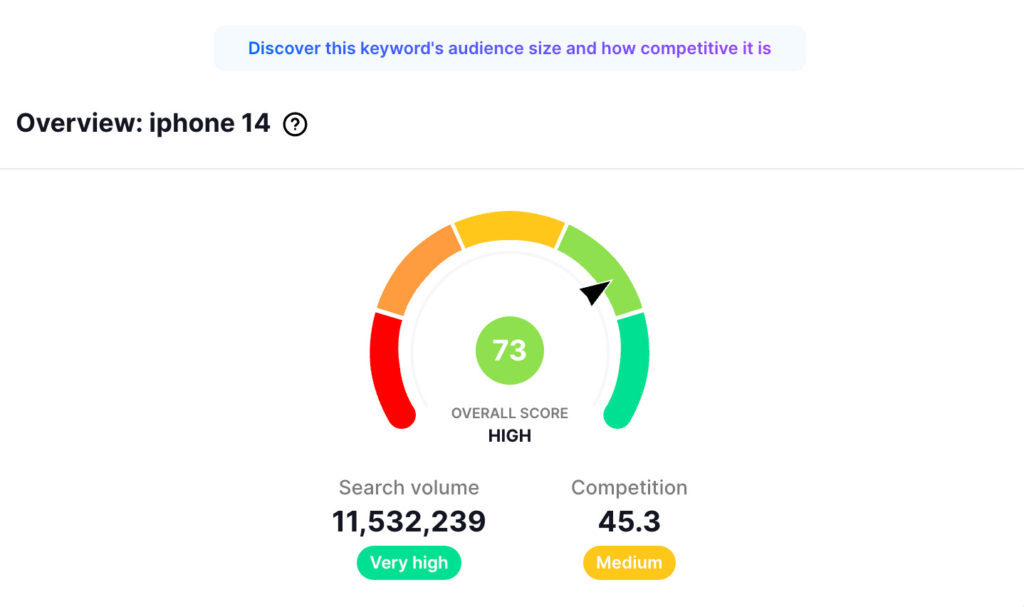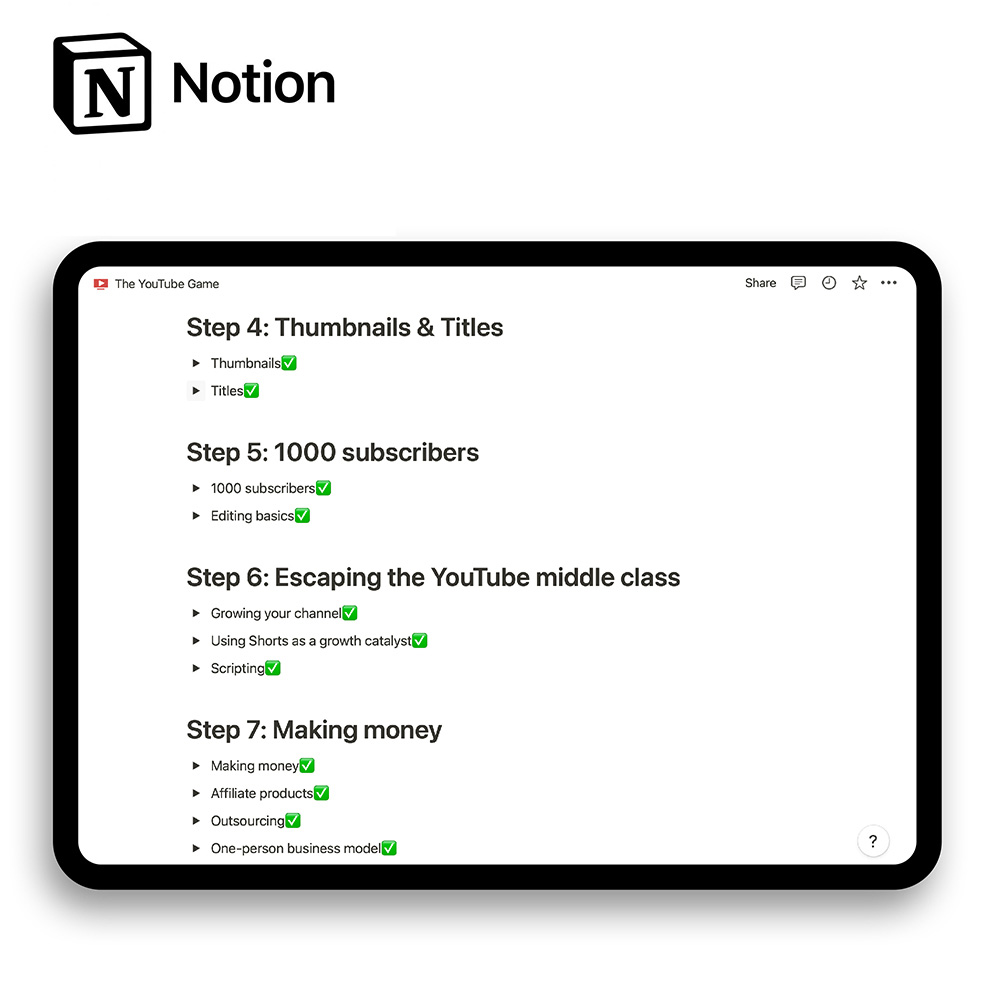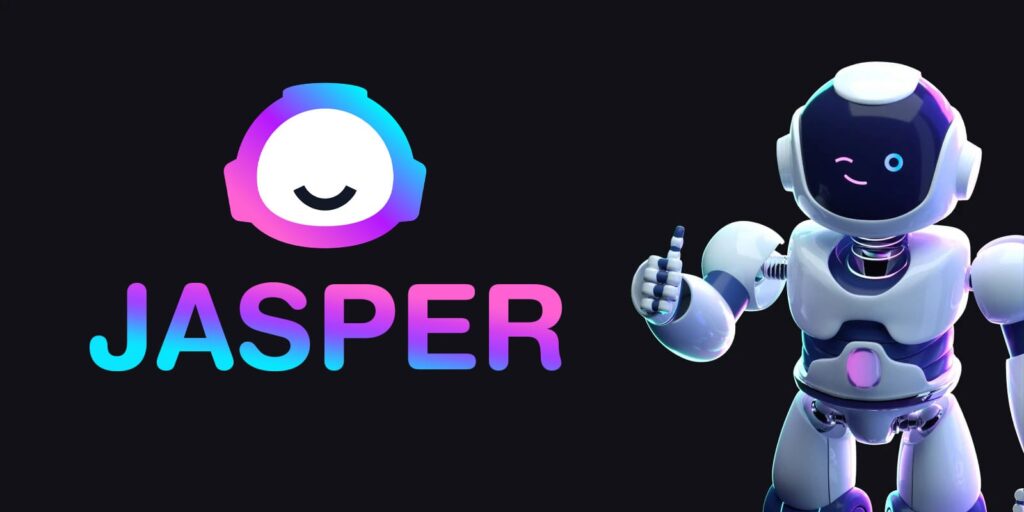“For most people they could spend a 100 days making 1 video a day that averages 10 000 views a video, or they could just sit down, come up with a good video and just get 1 000 000 views in a week.” – Mr.Beast
It’s not a secret that writing a good YouTube script is hard.
There’s the idea, the layout, the number of words, the hook, it all seems so confusing for a beginner YouTuber.
Especially when there are countless content creator tools, script-writing software, and keyword research tools that try to help you “hack” the YouTube algorithm.
Luckily there are systems for writing scripts that bigger creators have already put in place.
These systems allow you to view your scriptwriting process as more of a science than an art.
In this article, I’ll share my systemized scriptwriting process along with some tips to produce more engaging YouTube videos.
In the end, I’ll include a YouTube script example with all the layout elements.
Jump ahead:
- How to write a good YouTube script
- What’s the best YouTube script layout for good viewer retention?
- What makes a good YouTube title?
- YouTube video script example
- How many words are in 1 minute YouTube video?
- How long should a YouTube video script be?
- How to increase viewer retention on YouTube?
- What’s the best AI YouTube script generator?
- How much does YouTube pay for 100k views?
- Wrap up
How to write a good YouTube script
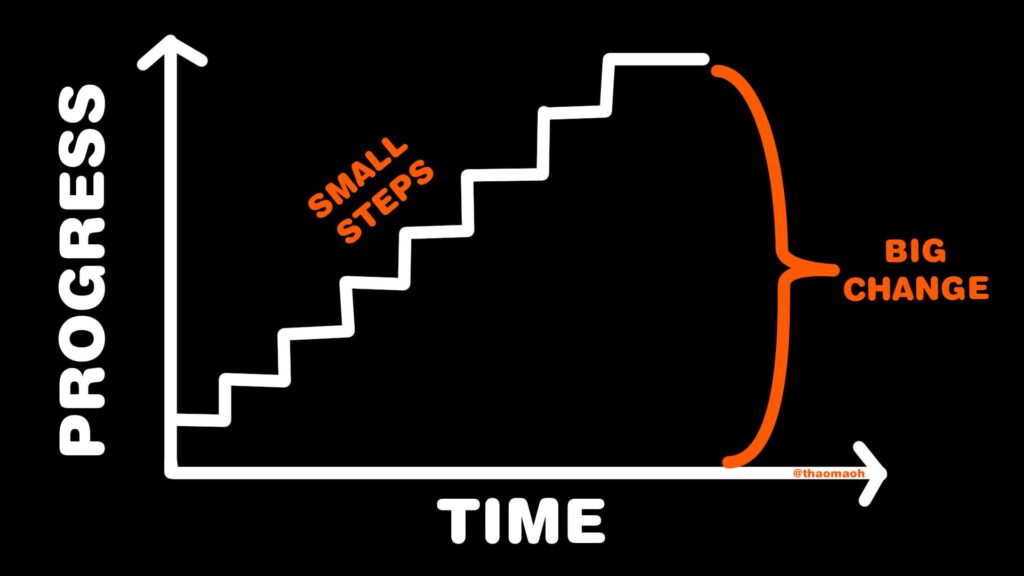
If you look at the scriptwriting process from afar it might seem like one huge thing eating your brains out on your to-do list.
But if we split it up into separate components it immediately becomes easier to write it.
My script-writing system consists of 6 parts.
Here’s how to write a good YouTube script:
1. Pick an in-demand topic
Before putting down anything on my document I need to know what to write about.
If I stare at a blank page without anchoring myself on some sort of idea it will take me 10x as long to write the script.
As soon as I come up with an idea I put it into the “ideas pile” to use for later.
Because your mind is for coming up with ideas not holding them.
This pile then grows and when I need to write a script I can take an idea from that pile instead of having to come up with a new one on the spot.
But if the idea pile runs out I search for topic ideas on YouTube.
I open up YouTube’s homepage and just browse videos – but not as a viewer.
As a researcher.
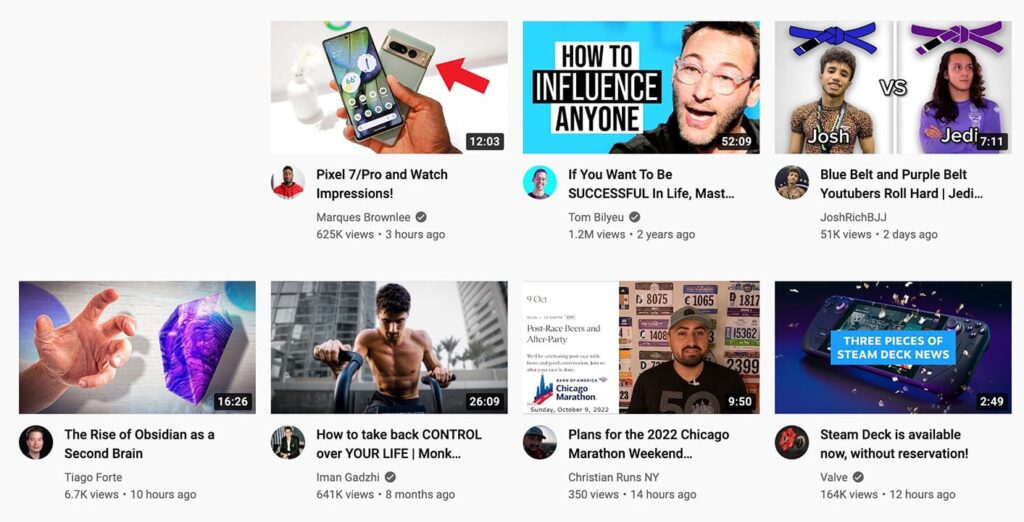
I see what videos attract my eye, what titles I read, and which videos my brain tells me to click on.
Then I just take that title and formulate it in a way so that it matches my niche.
For example:
If a random video’s title is: “7 things pro runners do that you probably don’t”.
I will take the idea and formulate it for my niche: “7 things advanced Mac users do that you probably don’t”.
2. Research competitors
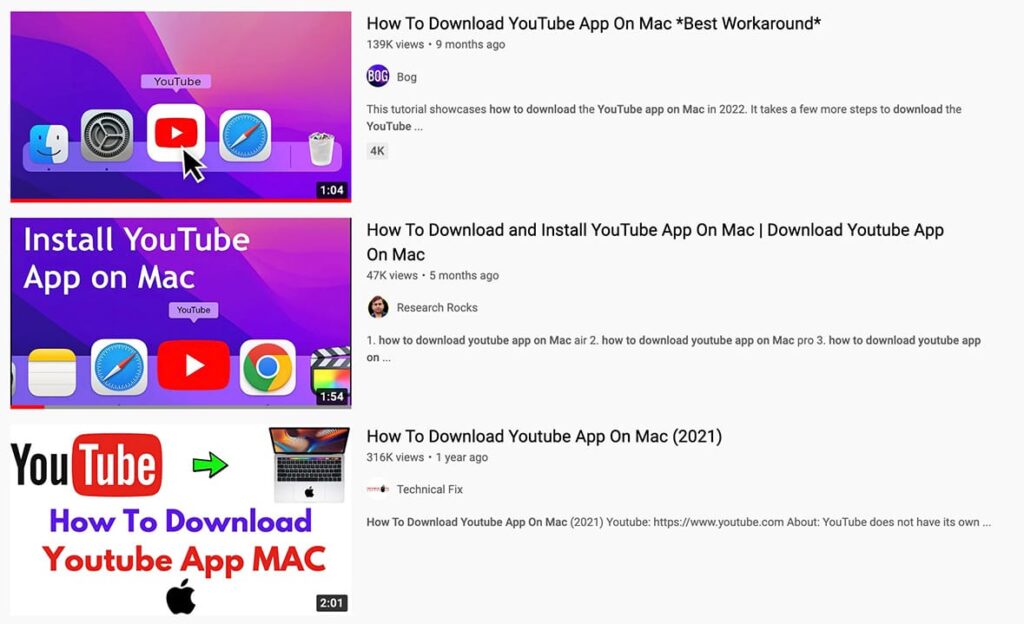
The easiest way to research your competition is to type your title or video’s topic in YouTube’s search bar and see what comes up.
Then just briefly skim through videos of your competitors to see:
- How long are your competitor’s videos?
- What topics do they talk about?
- What’s missing?
- How can you make your video better than theirs but at least 1%?
Alternatively, if you know a search keyword that you’re going for, then you can use a keyword research tool like VidIQ to find the search volume and competition for that keyword.
This will help evaluate the competition and see how many potential eyeballs your video could get from YouTube’s search traffic.
3. Start with an outline
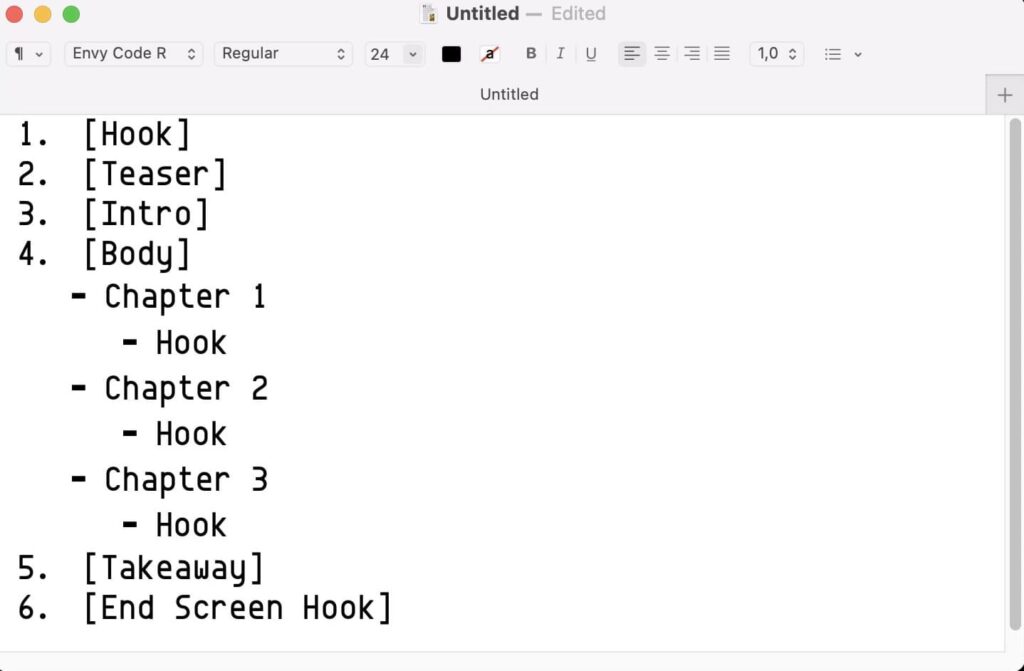
If I’m writing a script about 10 tips then the layout is easy:
Hook -> Tip 1-10 -> Outro.
If I’m writing a script about a more general topic, it’s useful to think about separate chapters that make up that topic.
The script outline could look something like this:
Hook -> What is X? -> Why is X relevant? -> What happened to X? -> … -> Outro.
If I’m writing a how-to video script:
What is the problem -> First method to fix it -> Second method to fix it -> Third method to fix it -> Bonus tips -> Outro.
Splitting up your script into chapters is necessary so you don’t wander away from the topic that your viewers came for.
It also lets you add automatic video chapters to your YouTube description which will let the viewer know what makes up your video.
4. Write a short engaging a hook
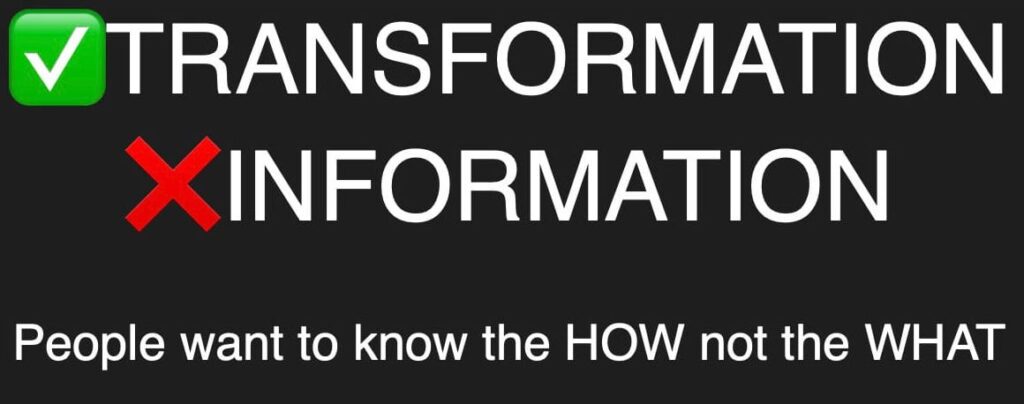
This is one of, if not the most important part of your script.
A good hook quickly tells viewers what to expect and hooks them into the story.
This piece of the script assures the viewer that they came to the right place.
Think of it this way.
A viewer is always looking for a reason to quit watching your video.
Don’t give him that reason.
A good hook comforts the viewer to not quit the video immediately and reassures them that you didn’t clickbait them.
To make a good hook you can use some of these strategies:
- Ask an interesting question;
- Present a strong statement;
- Quote someone;
- Tell an interesting statistic;
- Come up with a metaphor;
- Tell a quick story;
- Describe what’s happening.
5. Write the body
The body of the script is the part that’s going to vary the most with each video.
Here are a few general tips that should help when writing the script’s body:
- Segment the body into chapters;
- Don’t wander away from the main idea;
- Cut out all the unnecessary clutter that doesn’t add to the story or the thing you’re making a video about;
- Re-hook the audience in between chapters;
- Don’t make it too long.
- Think about the footage that you have or can record for the script. Don’t include something that you won’t be able to show through video.
- Re-read the script again and cut out everything that’s not necessary. This will maximize viewer retention and keep them watching till the end.
6. Write an outro hook for the end screen
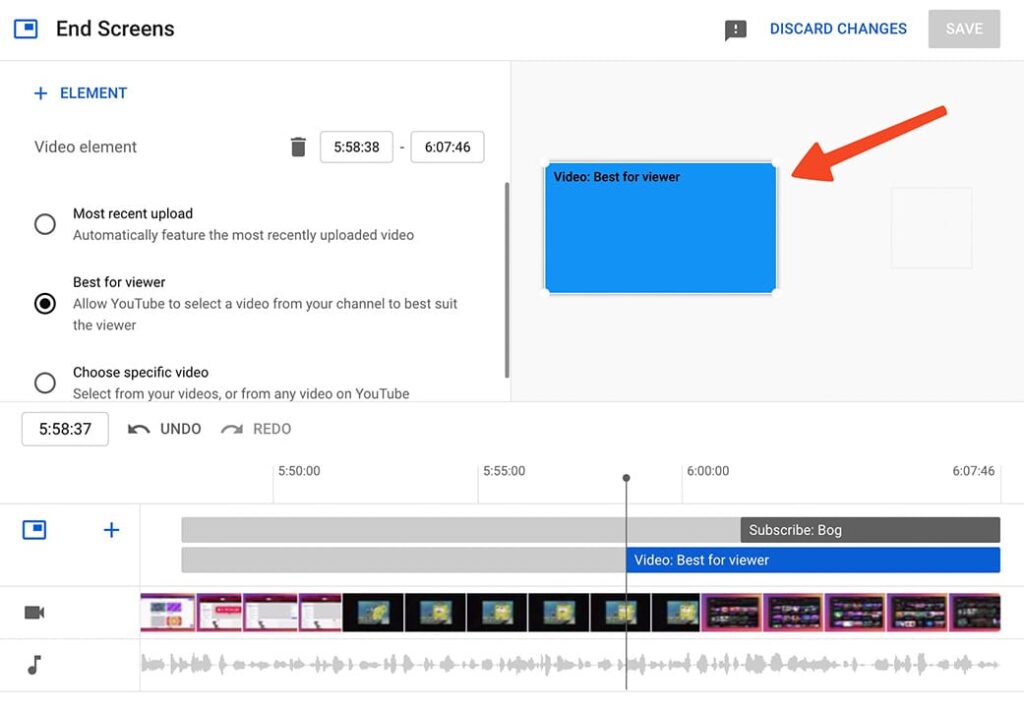
YouTube cares about session watch time.
You want your video to be a gateway drug into another video.
Finish the video with a core idea or takeaway.
Then think of another hook to entice the audience to watch the next video from your channel through the end screen.
This hook is as important as the first one because it creates binge sessions.
Binge sessions are very important for your channel’s growth since they tell YouTube’s algorithm that the viewer enjoys watching your videos.
P.S. I made this Notion template with everything I know about starting and growing a successful YouTube channel:
Get a free Notion template with the tutorial for the game of YouTube
🚀 10+ Notion pages about how to play the YouTube game
⚙️ List of tools & gear for YouTubers
🧑⚖️ How to make your first video and get your channel off the ground
💰 Detailed guide about finding your niche & making money
What's the best YouTube script layout for good viewer retention?
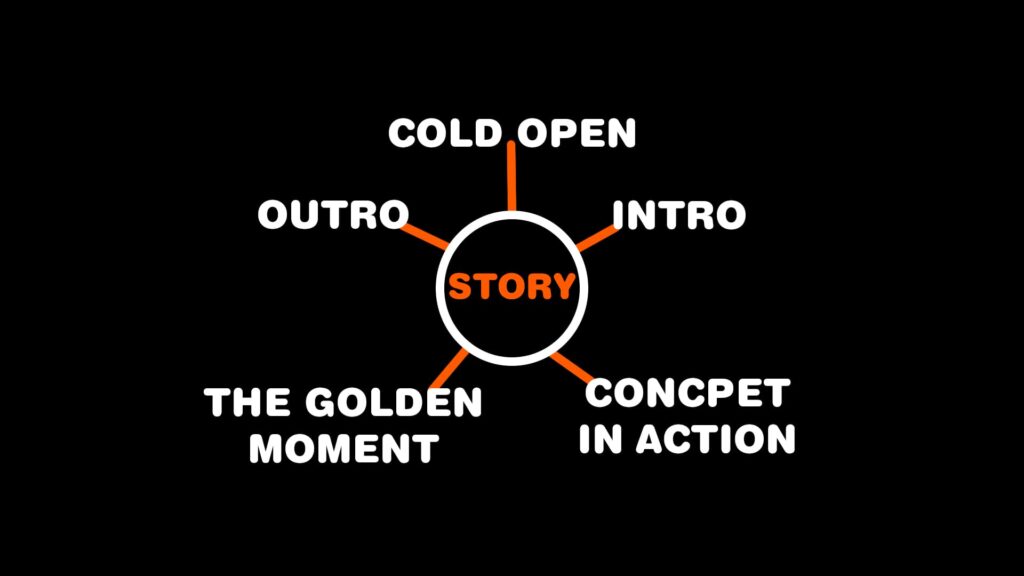
I took a YouTube Skillshare course about how to tell stories through film.
It was made by a popular YouTube channel’s “Yes Theory” editor.
My takeaway from the course was that there are five crucial elements to every great story:
- The Cold Open – this is like a hook that lets viewers know what to expect and entices them to watch further.
- The Intro – this tells viewers what the video is about and raises obstacles that the main character of the story has to overcome.
- Concept in Action – this is like the body of the script and the main idea is to make a captivating narrative that includes a false hope moment.
- The Golden Moment – this is the pinnacle of the story – the main moment, the hero’s success moment.
- The Outro – this is the ending that has a core idea or takeaway.
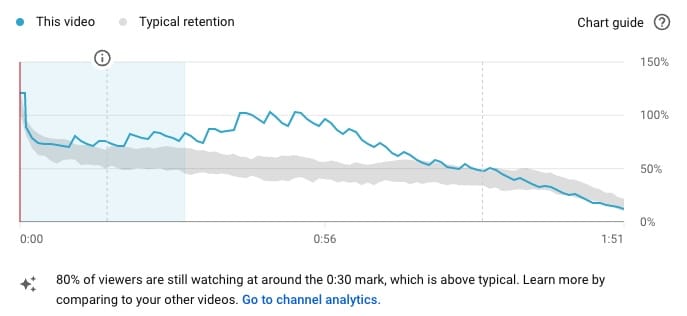
Even though not every YouTube video is a story, these elements can be applied to create the best script layout for viewer retention.
The layout could look something like this:
- Hook
- Brief Intro (not always necessary)
- Chapter 1 + re-hook into Chapter 2.
- Chapter 2 + re-hook into Chapter 3.
- Chapter 3 + re-hook into Chapter 4…
- The key takeaway from the video.
- End hook to create a binge-watching session.
What makes a good YouTube title
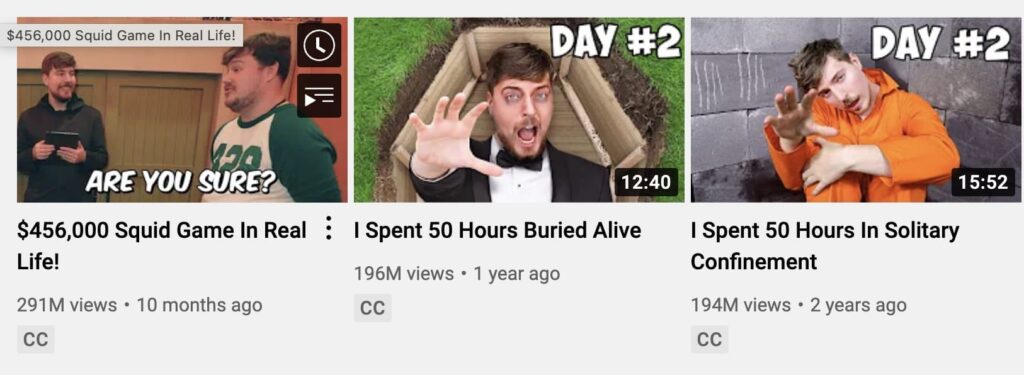
A good YouTube video title should complement the thumbnail.
The thumbnail creates intrigue and the title explains a little more but still leaves something out for the viewer to desire.
Here are a few title wording ideas that could make your video go viral (X is where you input something that fits your channel niche):
- X changed my life.
- The truth about X.
- I stopped doing X and achieved Y.
- I regret X.
- Do this to X.
- I did X in Y hours.
- 10 Beginner mistakes that…
- I couldn’t live without X.
- You’re doing X wrong.
- If I was X this is what I’d do.
- Unlock the darkest secret to X.
- X 101 – Everything you need to know.
- If you’re X watch this.
- How to stop/escape doing X.
- 5 things X experts do that you probably don’t.
- 5 X I regret doing.
- 5 X every Y should have.
YouTube video script example
Here’s a link to a Google doc document with one of my video scripts:
How many words are in 1 minute YouTube video?
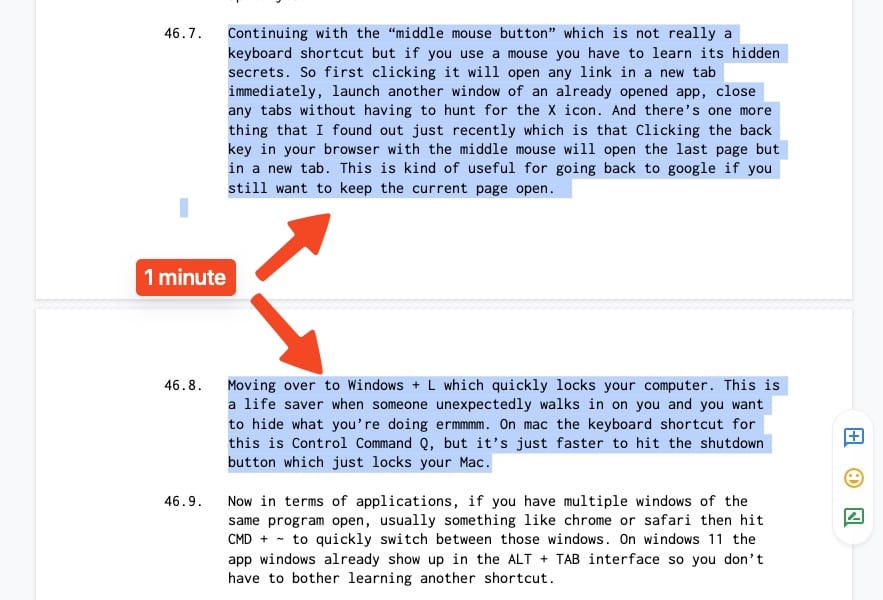
There are approximately 170 words in 1 minute of YouTube video.
If you have already published a video where you read from a script then it’s easy to calculate how many words are in 1 minute of your video:
- Move to one minute of your YouTube video and then listen to what words you’re saying.
- Come back to the script and select everything above those words. You can easily find words in a script by using CMD + F shortcut (Mac) or CTRL + F (Windows).
- Paste them in a word counter and you’ll find out how many words you have to write for 1 minute of video.
How long should a YouTube video script be?
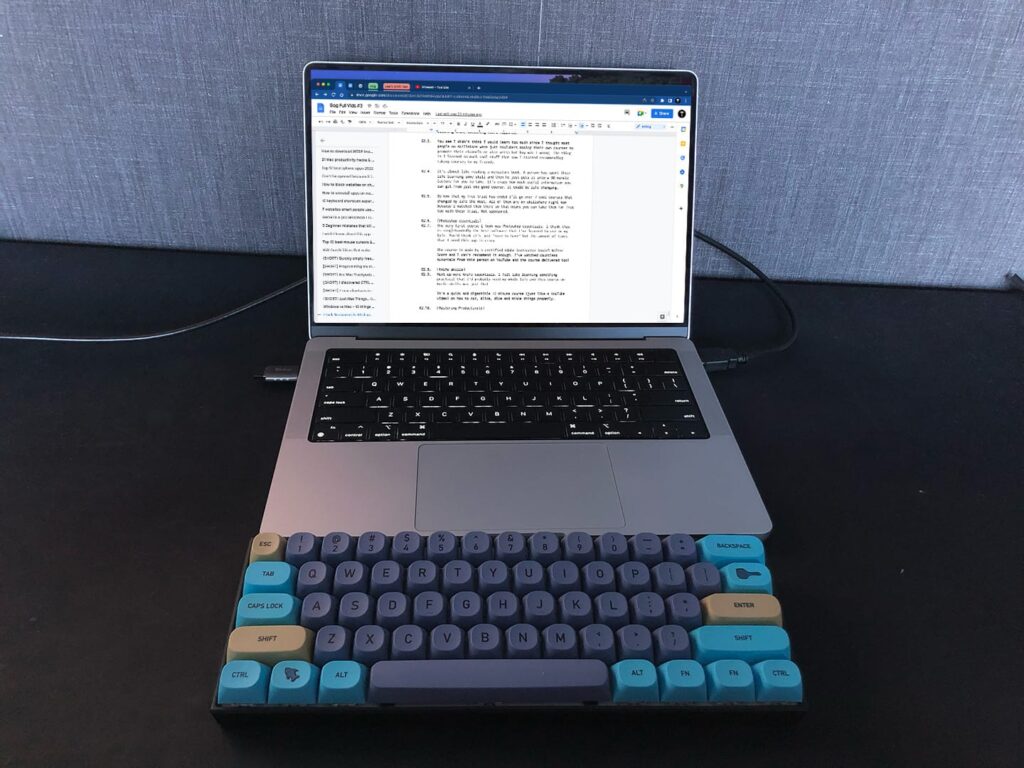
The length of your script depends on many different factors like the length of the video you’re aiming for and the density of information in that video.
An 8-minute video is usually made from a script that’s 1360 words.
But when considering the length of the script you should aim to make it as short as possible whilst keeping the same information in there.
This ties up to viewer retention.
If people can get the same information in a shorter amount of time elsewhere, why would they choose to watch your video instead of someone else’s?
How to increase viewer retention on YouTube?
There are many ways to increase YouTube retention but here are a few that you can act on in the script-writing process:
1. Introduce hooks
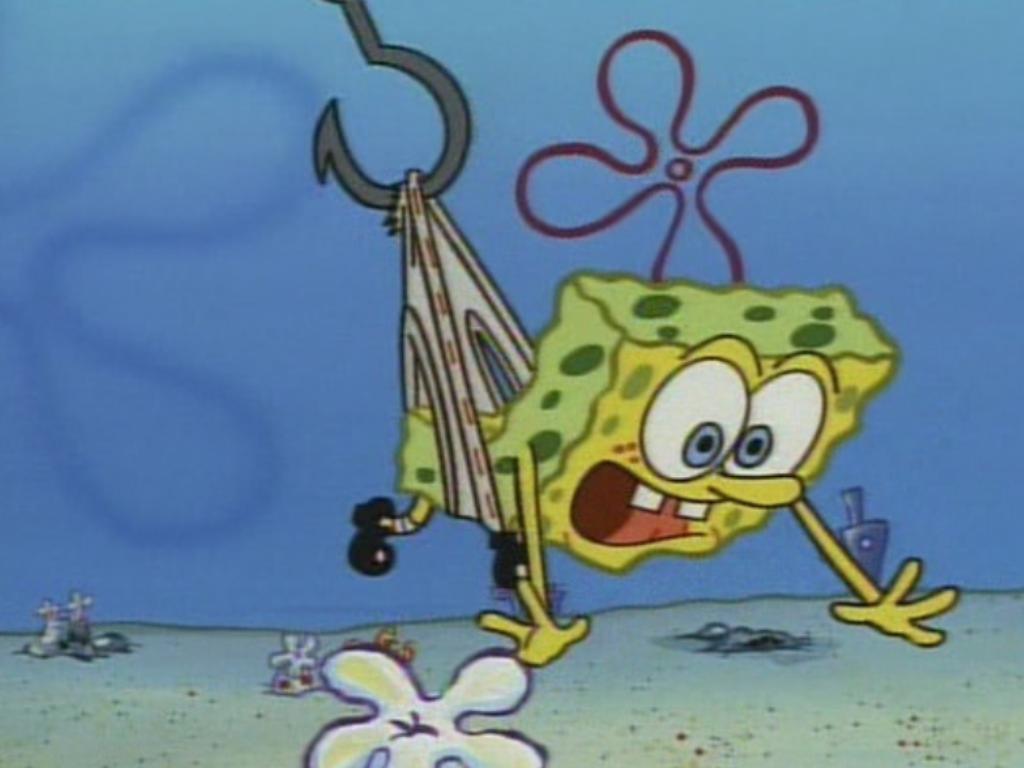
Hook viewers in every part of the video.
It’s no secret that the average person’s attention span is shorter than it used to be.
In fact, a recent study showed that the average attention span is now just 8 seconds.
So how do you hook viewers in the first 30 seconds of your video?
Here are a few tips:
1. Start with a bang.
Your first few seconds are critical in grabbing attention.
So make sure you start strong.
An attention-grabbing opening could be anything from an exciting statistic to a visually arresting scene.
2. Tell them what they’re going to learn.
Viewers want to know what’s in it for them.
So tell them.
Give them a quick overview of what they can expect to learn from your video.
3. Be clear and concise.
Don’t try to cram too much information into your opening.
Keep it short, sweet, and to the point.
2. Get straight into the video
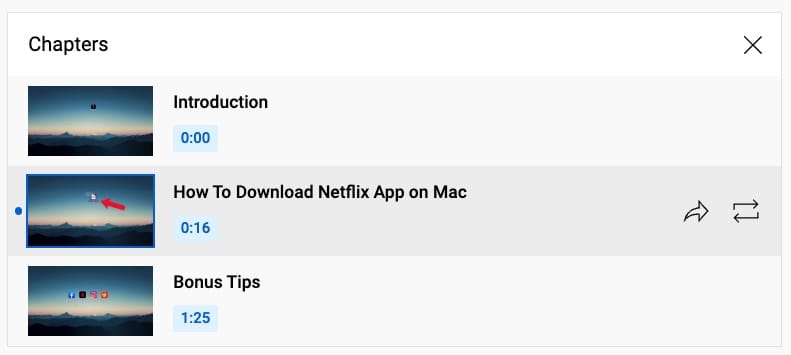
Don’t make the intro too long.
If the viewer already understood what’s going to happen in the video there’s no need to keep telling him.
If this happens viewers may want to skip the intro or exit the video entirely.
Making sure that your hook and intro are short and sweet will ensure that the viewers stick to the actual body of the video.
3. Keep up the pace
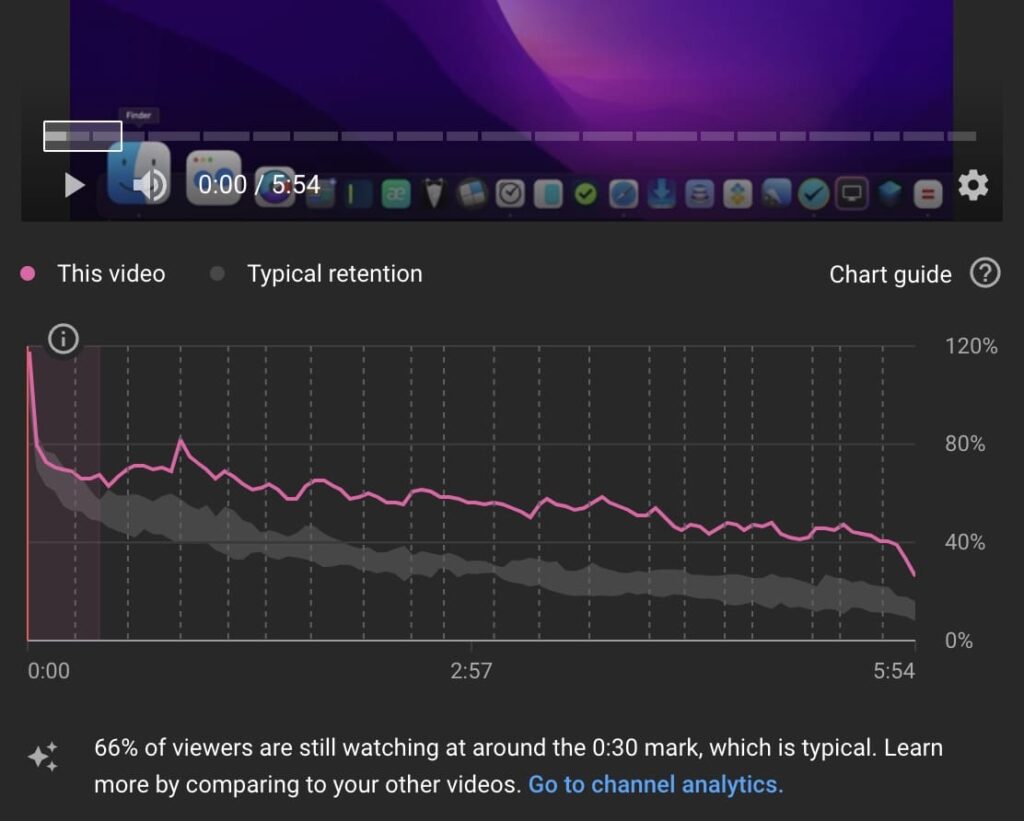
Don’t make the intro extremely high energy and then drop it off immediately when the body starts.
As Logan Pauls editor Hillier-Smith put it, the pacing is the number one thing that’s missing from a beginner editors toolkit.
Here are a few tips to keep up the pace of your video:
1. Start with shorter videos.
If you’re feeling overwhelmed by the thought of creating a long video, start with something shorter.
You can always add more content later.
2. Break down your video into smaller sections.
This will help you stay on track and avoid getting lost in your content.
3. Take your time editing.
Don’t try to rush the process.
Knowing how to edit a video well is one of the most important parts of creating a successful YouTube video.
In fact, editing is what creates the right pacing for the video.
4. Ask for help.
If you’re struggling to keep up the pacing of the video, reach out to friends or family members for help.
They may be able to offer suggestions or assist with the editing process.
4. Trim out the excess
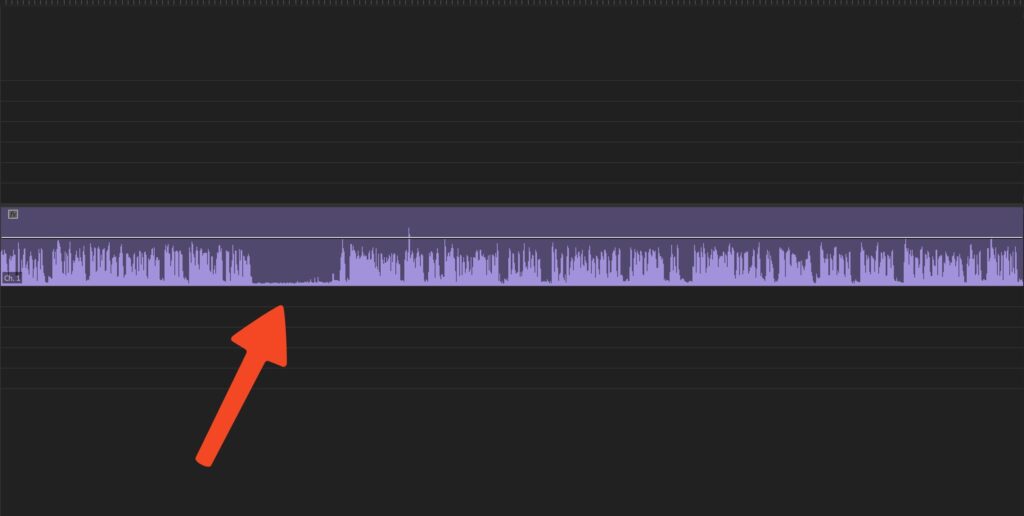
If you’re hoping to build a following on YouTube, you need to make sure your videos are engaging to grow your channel.
One way to do this is to trim out the excess.
By excess, I mean anything that doesn’t contribute to the story you’re trying to tell or the message you’re trying to communicate.
This could be anything from extra footage to unnecessary introductions or even filler content.
Trimming out the excess will help you create tighter, more engaging videos that will keep viewers coming back for more.
By following these tips, you’ll be on your way to creating high-quality YouTube videos that keep your audience engaged.
Get a free Notion template with the tutorial for the game of YouTube
🚀 10+ Notion pages about how to play the YouTube game
⚙️ List of tools & gear for YouTubers
🧑⚖️ How to make your first video and get your channel off the ground
💰 Detailed guide about finding your niche & making money
What's the best AI YouTube script generator?
There are many AI content writers that can assist with the scriptwriting process.
But there’s one specifically that’s best for YouTube scripts:
Get started with Jasper.
Of course, AI is not yet good enough to create an extremely engaging YouTube video but it’s good for:
- Coming up with an engaging structure.
- Writing a section of your script.
- Giving you ideas on what to write about.
If your video is a list of something then AI might even be able to write the whole video.
It all depends on the complexity of the video that you’re trying to produce.
But I recommend scripting your video yourself.
That way you’re going to learn the skill of writing and gain the knowledge to “proofread” what AI has generated later if you do decide to use it.
How much does YouTube pay for 100k views?
Was this YouTube script writing guide useful?
If you’re new to script writing, or even if you’re experienced, I hope that this YouTube script writing guide was helpful.
I tried to cover the basics of script writing, including format, engagement, and storytelling.
I’ll leave you with a few more awesome resources that will help you grow your YouTube channel.
How to make money from YouTube (without Adsense)
Best stock video sites for YouTubers
How to explode your channel growth with Shorts
Thanks for reading 👋!
